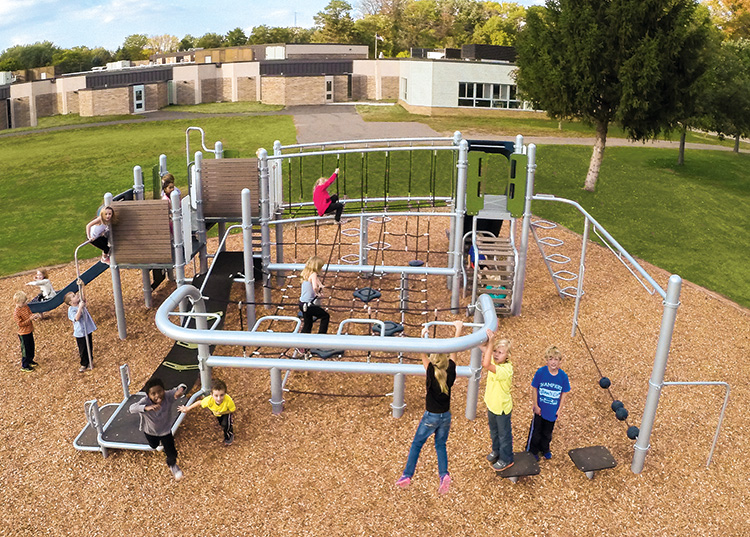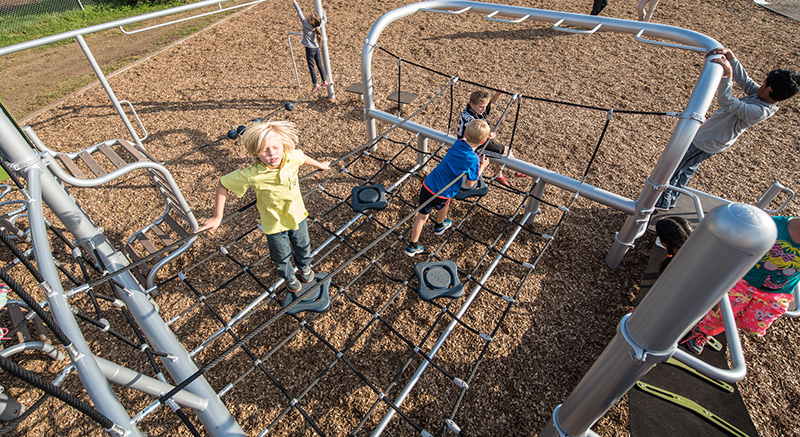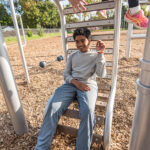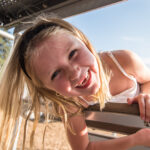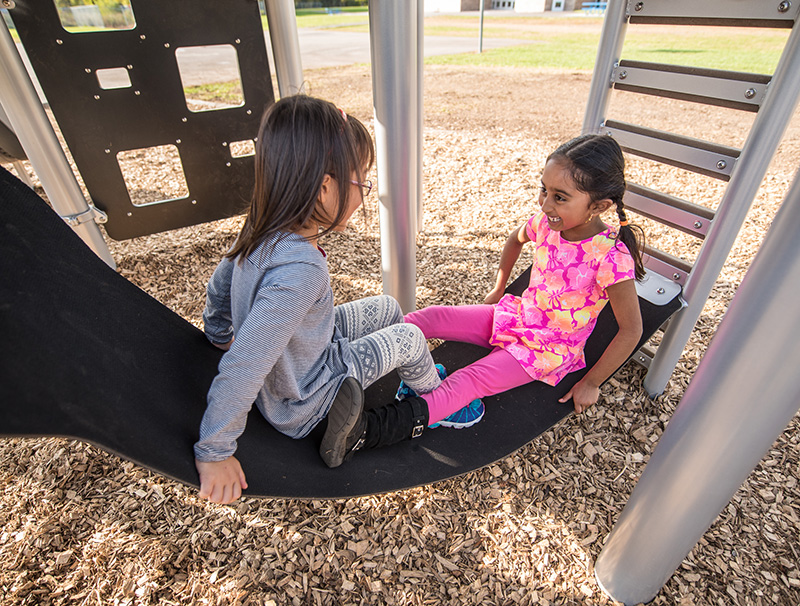It all started with a simple, curious question from a child on the playground: “Why is there a fish in my treehouse?”
That moment made us smile. And made us think. Sometimes, the best innovations are sparked by the most unexpected questions. And in this case, it inspired us to reimagine some of the most beloved parts of our playground legacy.
So, we rolled up our sleeves and got to work. The result? A new look and feel for our refreshed PlayBooster panels and climber and handhold combinations. These are now designed to be more inviting, imaginative and aligned with today’s play needs.
Thoughtfully Redesigned. Endlessly Fun.
We know that PlayBooster has been at the heart of our playgrounds for years. That’s why this update is more than just a visual refresh, it’s a purposeful evolution.



The refreshed Permalene® panels now feature soft curves and friendly forms, creating a more welcoming experience for kids. Updated shapes, playful artwork, and modern color accents make each panel a feast for the eyes and the imagination. Every design choice reflects the signature style you expect from Landscape Structures with a playful twist.
“We wanted to keep the spirit of PlayBooster alive while giving it a fresh, modern voice,” said Scott Roschi, creative director at Landscape Structures. “And of course, we made sure the updates add even more opportunities for kids to play and explore.”
What’s New (and What You’ll Love)
Here’s what’s included in this exciting refresh:
- 27 redesigned Permalene® panels
- An updated combination of handholds and climbers with updated forms that integrate seamlessly with existing structures
- Visual compatibility with previous designs, so mixing old with new is smooth and stylish


We’ve made sure that upgrading your existing playground is simple and stress-free. Whether you’re updating a single element or going for a full refresh, the new pieces blend beautifully with what’s already in place.
Updated Symbol Communication Sign: More Inclusive Than Ever
We didn’t stop with panels and climbers. We also gave the Symbol Communication Sign a thoughtful makeover.
Now featuring a modern round post, a GeoPlex®-style clamp and a lower-to-the-ground design, the updated sign is easier for all children to access. Plus, it’s now available in English/English or English/Spanish, supporting even more inclusion on the playground.
Inspired by Kids. Designed for the Future.
This PlayBooster refresh reminds us that play is always evolving, and so are we. Whether it’s a question about a fish in a treehouse or feedback from kids on the playground, we’re always listening, learning and creating with intention.
These updates reflect our commitment to inspiring joyful play, nurturing imagination and designing with inclusion at the heart of it all.
Ready to refresh your playground? Explore the refreshed PlayBooster panels and climber and handhold combos and see how a small update can make a big difference.











